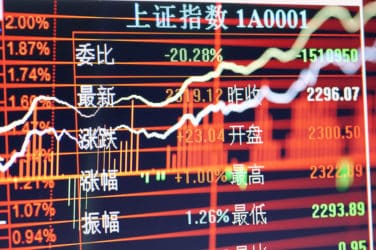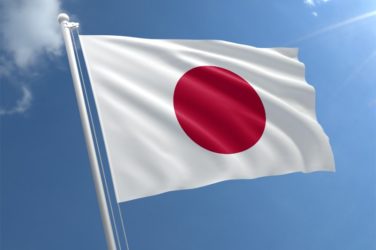
Despite, anecdotally at least, exchanges beginning 2013 with a bang, venues across the globe—especially in cash equities—have, in recent times, faced a constant struggle to generate profits with overall volumes declining in 2012 for a fourth consecutive year.
Consolidation has been very much on the lips of many of the leading exchange players in recent months. The most-recent deal hatched, just before Christmas, and still subject to regulatory approval, was when Atlanta-based commodities and derivatives markets operator IntercontinentalExchange (ICE) agreed to buy NYSE Euronext, which operates the venerable New York Stock Exchange, for $8.2 billion.
For ICE, though, the real jewel in the NYSE Euronext crown is Liffe, Europe’s second-largest derivatives market.
ICE has been here before too. In 2011, ICE joined forces with fellow exchange operator Nasdaq to make a joint $11 billion hostile bid for NYSE Euronext. NYSE Euronext rebuffed the offer, preferring to merge with Deutsche Börse instead, which owns the Frankfurt Stock Exchange and also Eurex, Europe’s largest derivatives market.
Both bids eventually fell foul of antitrust authorities on either side of the Atlantic, with the European Commission citing that the NYSE/Deutsche Börse deal would have created a near-monopoly in exchange-traded derivatives in Europe.
And it is this area that exchanges are currently eyeing with glee. The exchange-traded derivatives space is likely to produce increased value in the coming months and years following the move by the G20 group of nations to force most over-the-counter derivatives trades through centralized clearing and on to exchange-like venues in a bid to reduce systemic risk following the financial crisis. Exchanges believe they can take a lot of business off the present incumbents, including the banks and inter-dealer brokers.
But the ICE/NYSE Euronext merger, which will likely also see the Euronext exchange business of Amsterdam, Brussels, Lisbon and Paris spun off, is far from a done deal, as regulators on both sides of the Atlantic have to cast their eagle eyes over it.
“NYSE carries a lot of prestige and status amongst the U.S. electorate and it is the same for other national primary exchanges,” said Paul Squires, head of trading at Axa Investment Managers, a French-headquartered institutional investor.
“That likely makes it harder to push a deal through and we have seen that previously.”
In Europe, though, it is the cash equity exchange space that is suffering most.
“I think it highlights what everyone has known for a while—that cash equity or exchange business is challenging, certainly for brokers, primary exchanges and for the MTFs [multilateral trading facilities],” said Squires.
“There is not that much margin in there and the profitability is around some of the other areas like derivatives and clearing. That is where they want to position themselves.”
Since the introduction of MiFID in 2007, a key piece of securities reform which paved the way for more competition in the exchange landscape, a host of new equity exchange venues popped up offering lower costs and cheaper prices compared to the national incumbent exchanges.
However, some of these MTFs have been struggling most in recent times due to the low-volume environment as volumes are generally an MTF’s primary source of income. National exchanges, on the other hand, can benefit from providing other lucrative services, such as market data and listings.
For instance, last year Oslo Børs, the Norwegian stock exchange, stepped in to buy Burgundy MTF, its Swedish rival. While in February, another MTF, called Pave, launched with much fanfare in Spain only to put its launch on ice, citing “the very challenging market and harsh financial environment in Europe”.
“You need to put into perspective and look all the way back to 2007 when MiFID came into effect; there was an explosion of new venues and competition,” said Per Lovén, head of international corporate strategy at Liquidnet Europe, a buy-side focused share-trading venue.
“The industry went through an explorative stage, a lot of new venues popping up and new ideas and business cases created and tested. Some were long term sustainable, some not.
“What we are seeing now is this next stage of consolidation where some firms have gone out of business and others are merging or being taken over. This is a natural evolution, especially since we have moved from a high-volume environment to a low-volume environment.
“A lot of these firms run low-margin businesses, built on high volume and economies of scale. This is increasingly challenging in today’s market climate.”
And then there is Asia, which could become the new trading capital of the world in the coming decades, lurking in the wings to snap up any struggling bourses.
“Some of the Asian exchanges—Singapore and Hong Kong—they are relatively cash rich,” said Squires at Axa. “They are slightly behind the cycle in terms of maturity and technology so you could argue that Asia has got a lot more upside, making deals more likely.”




